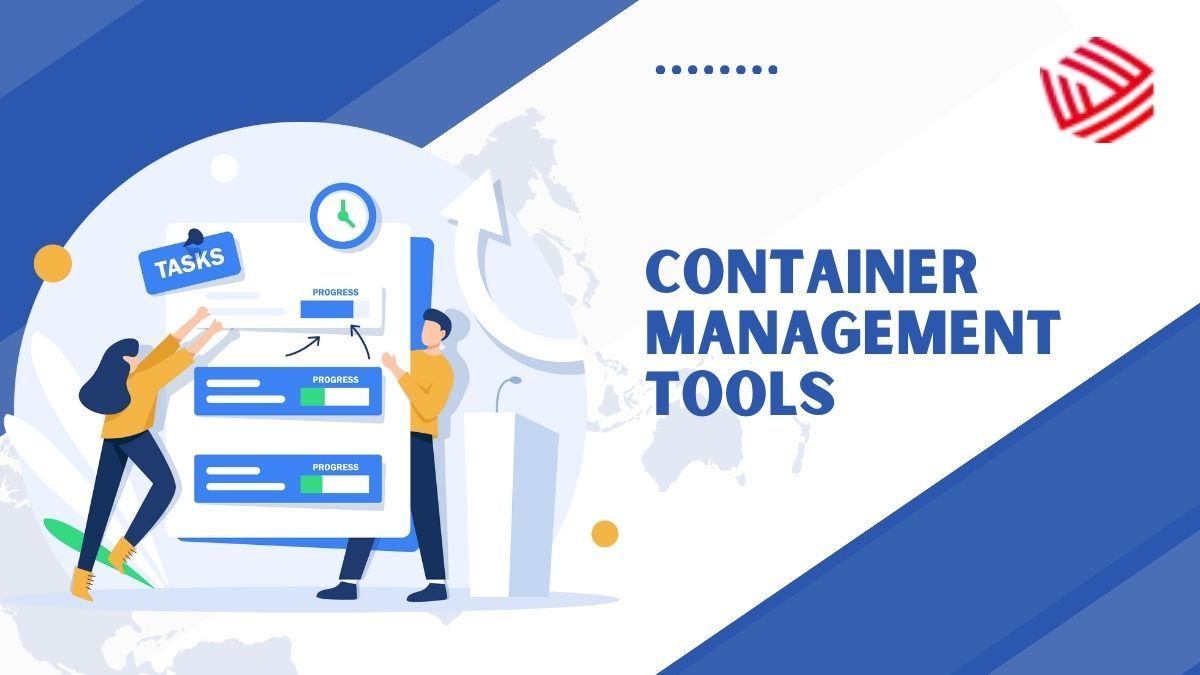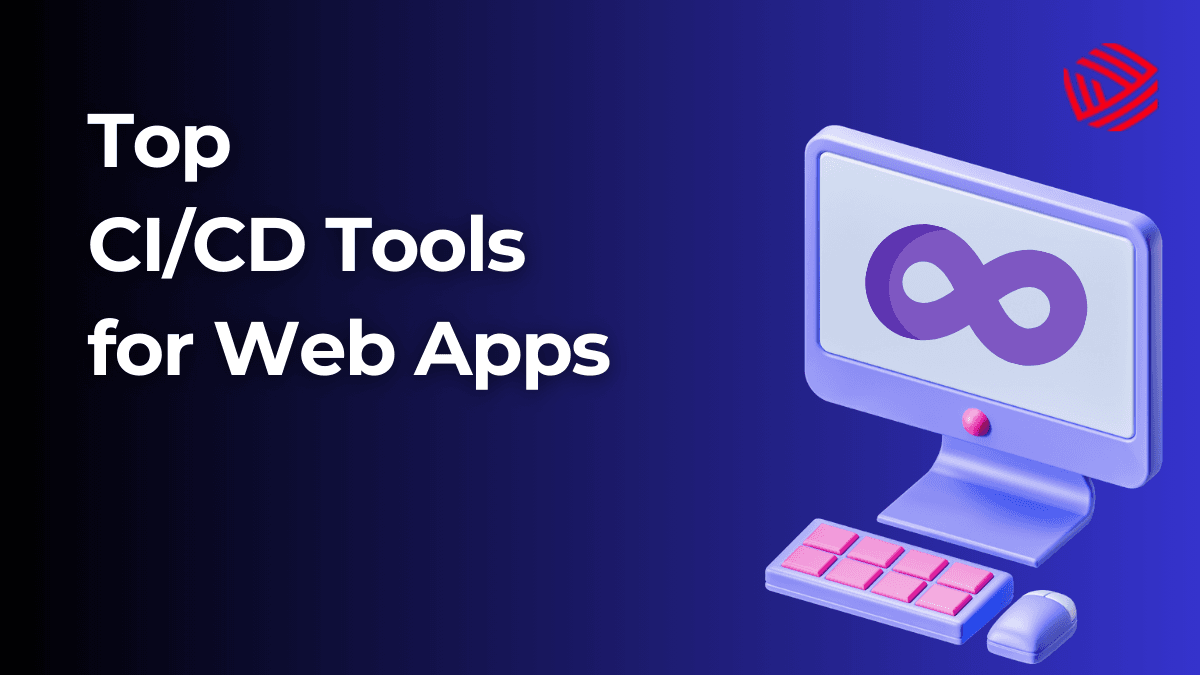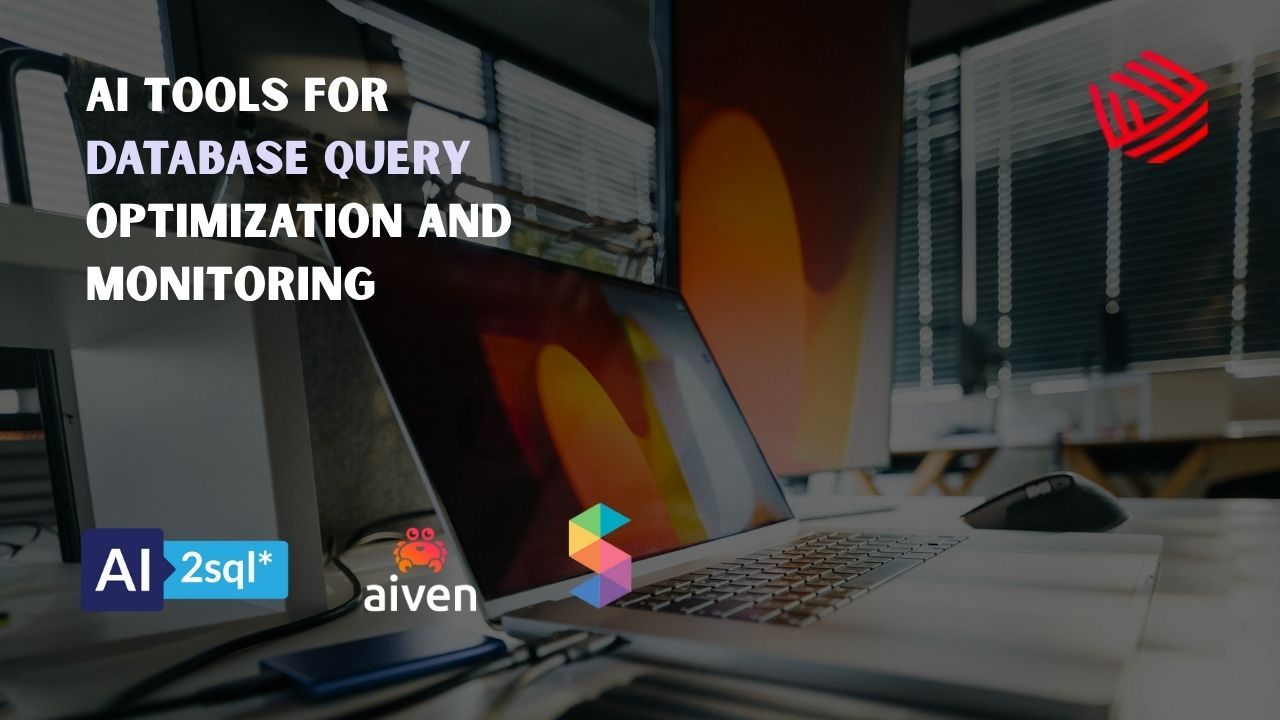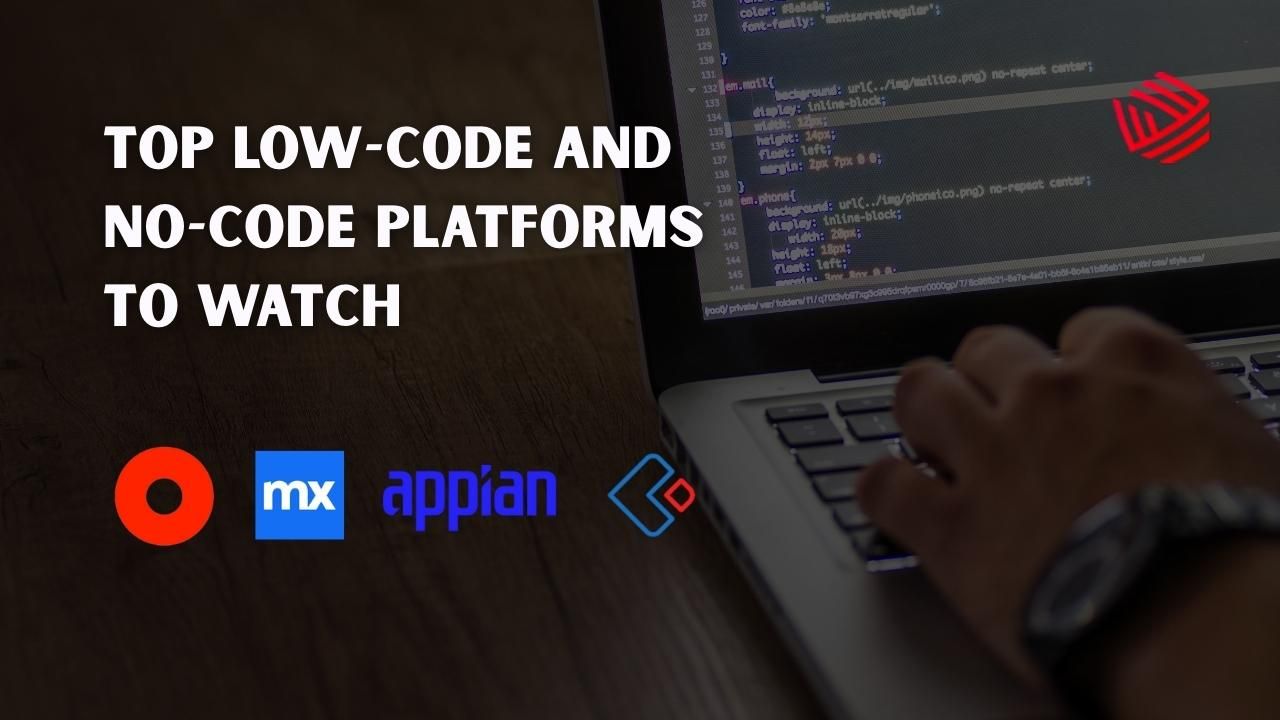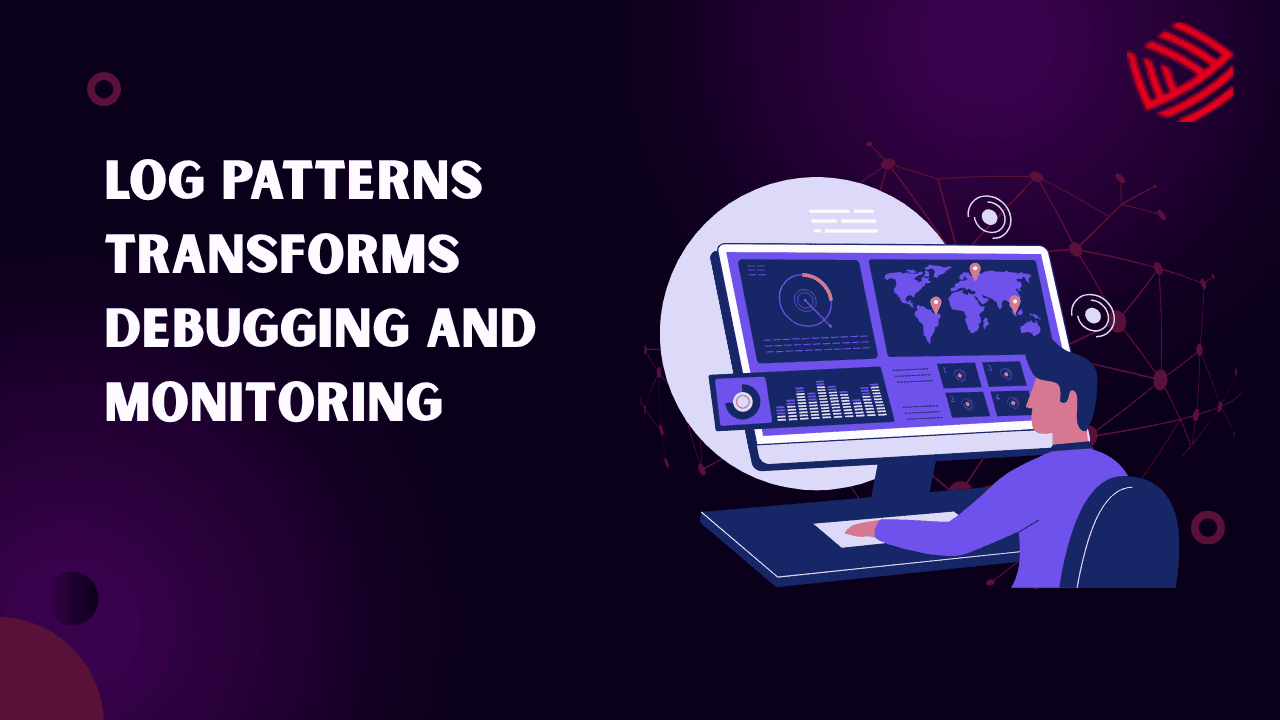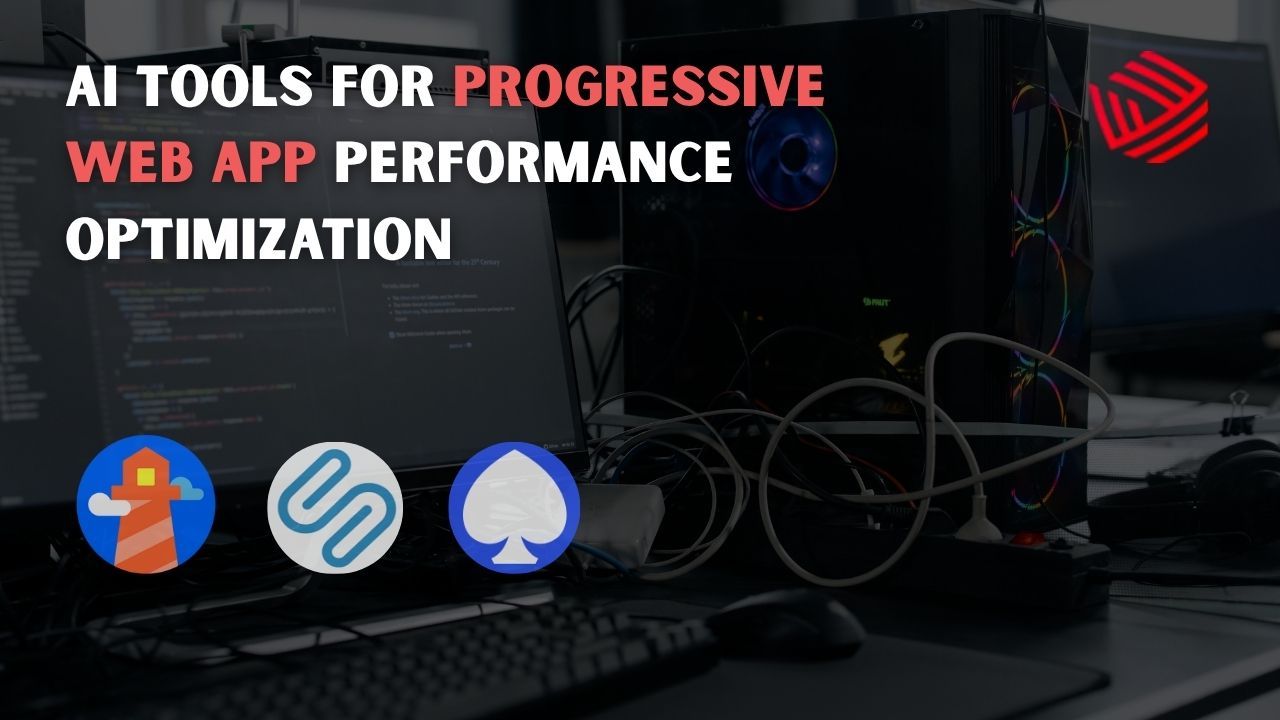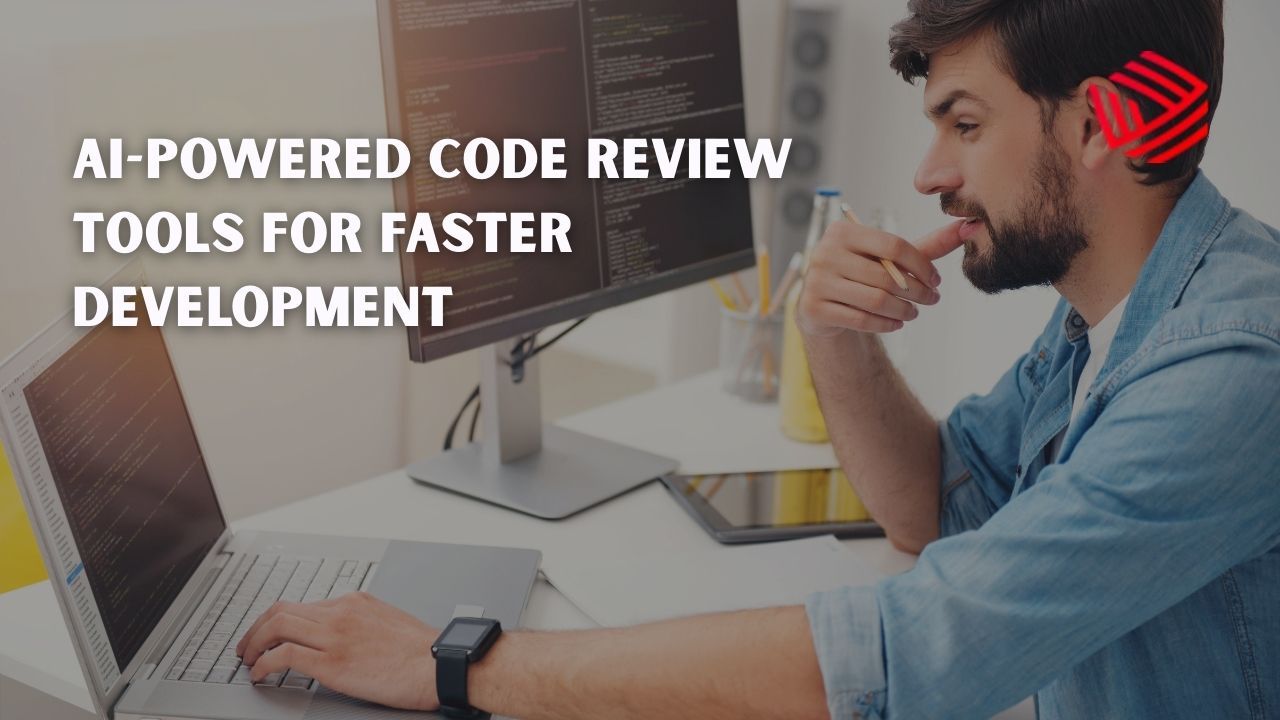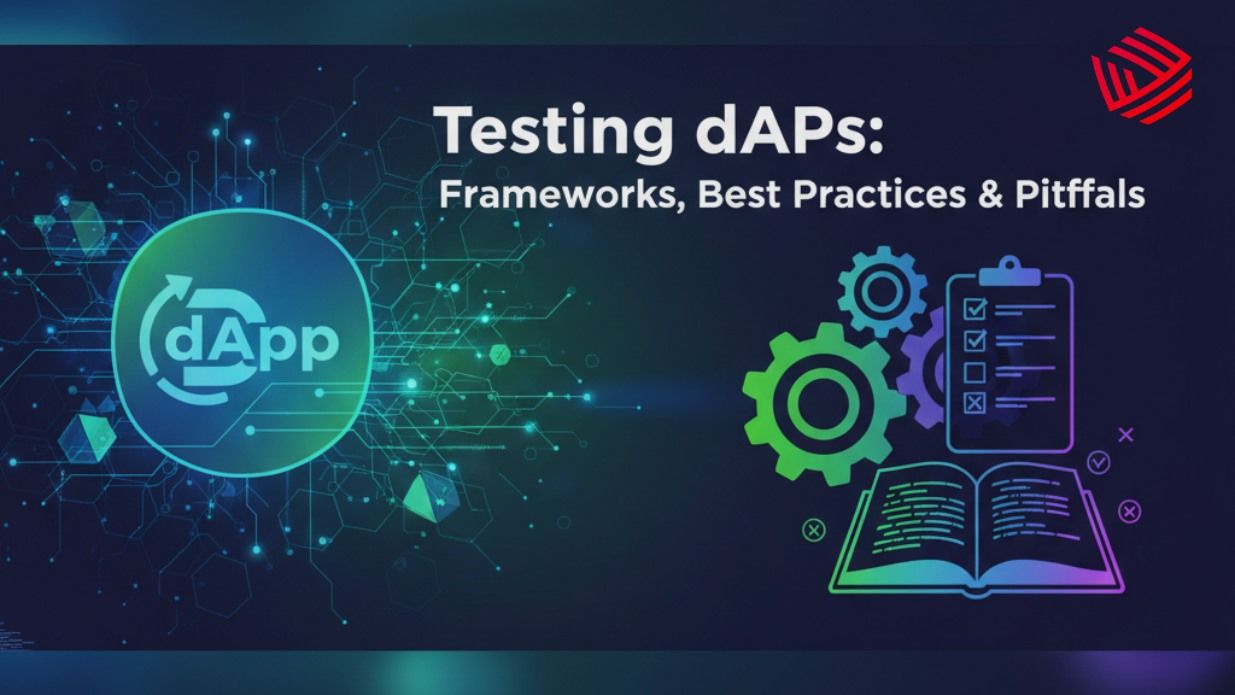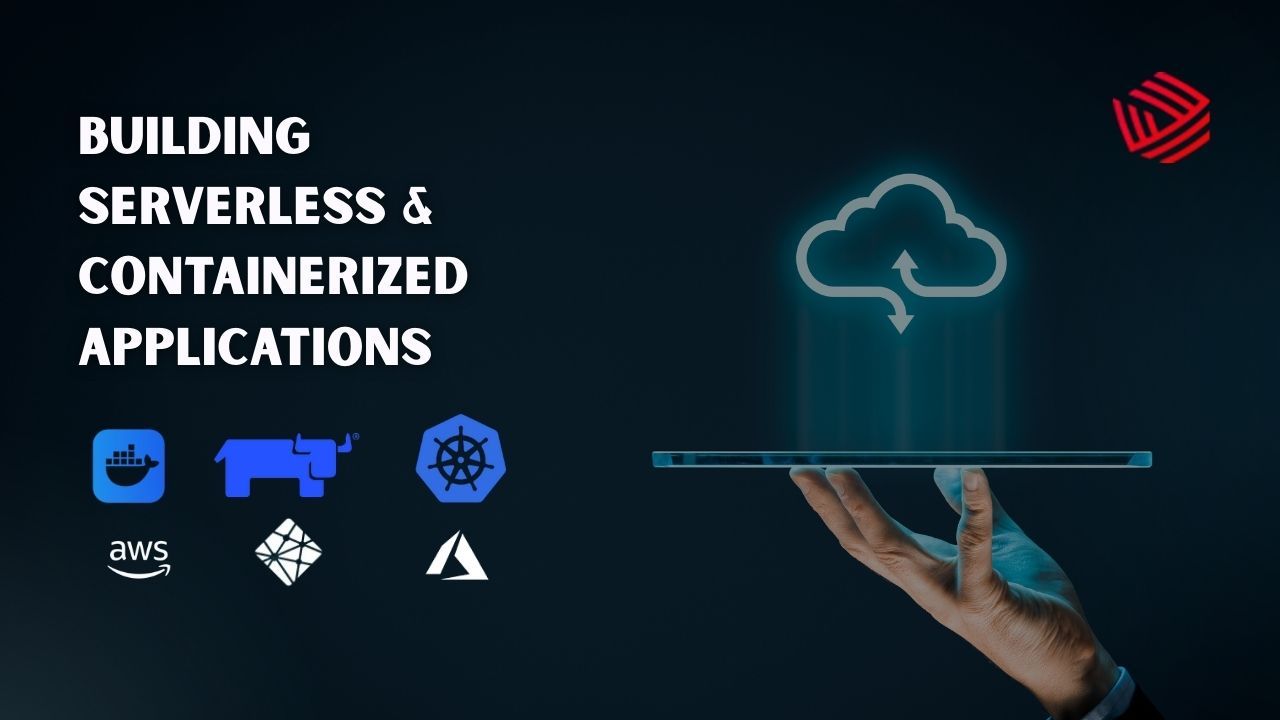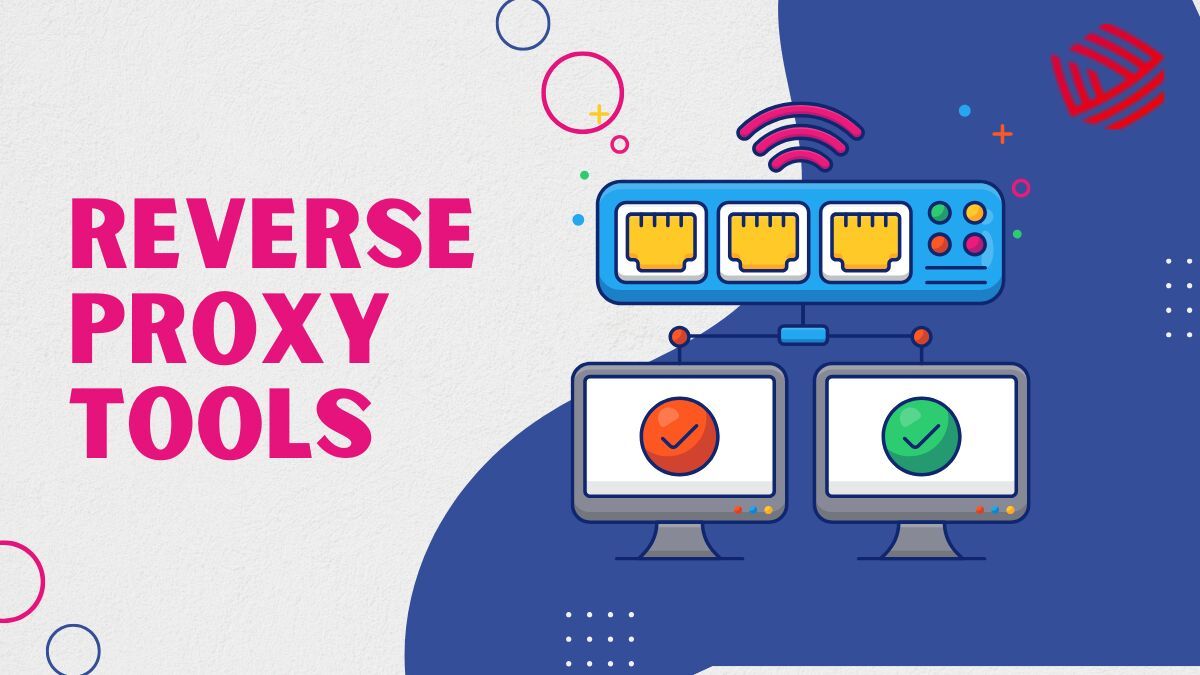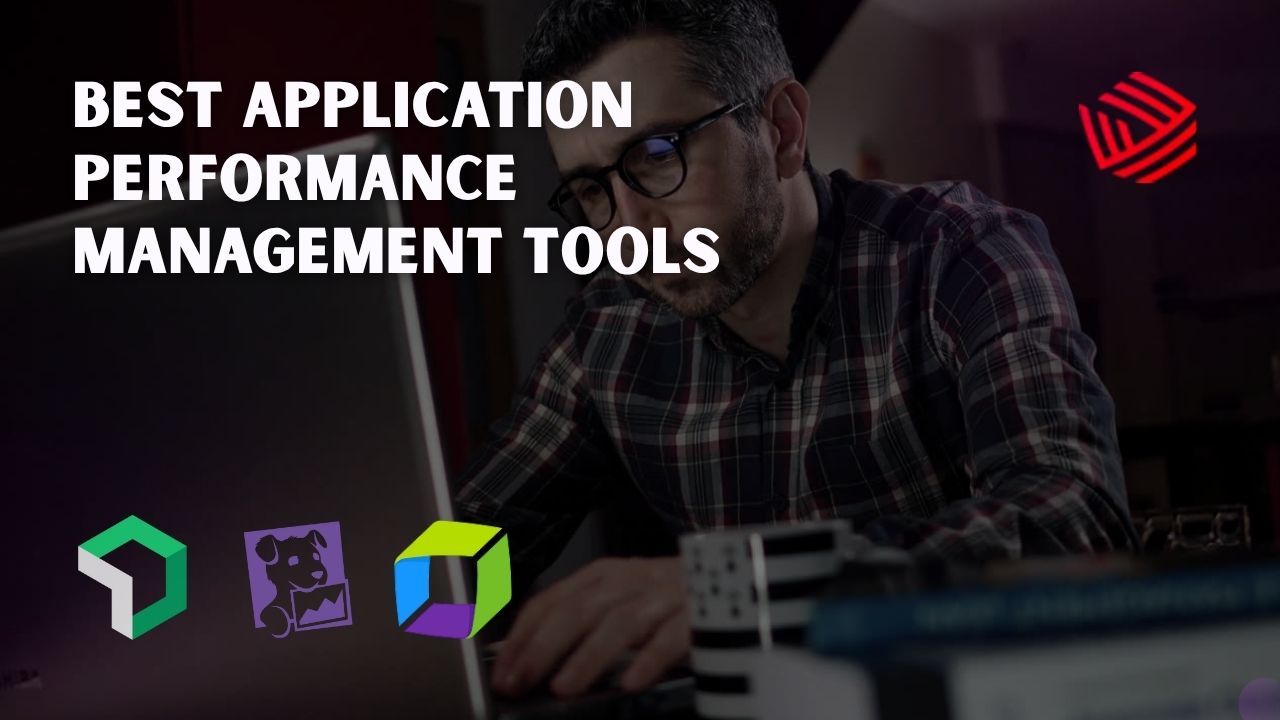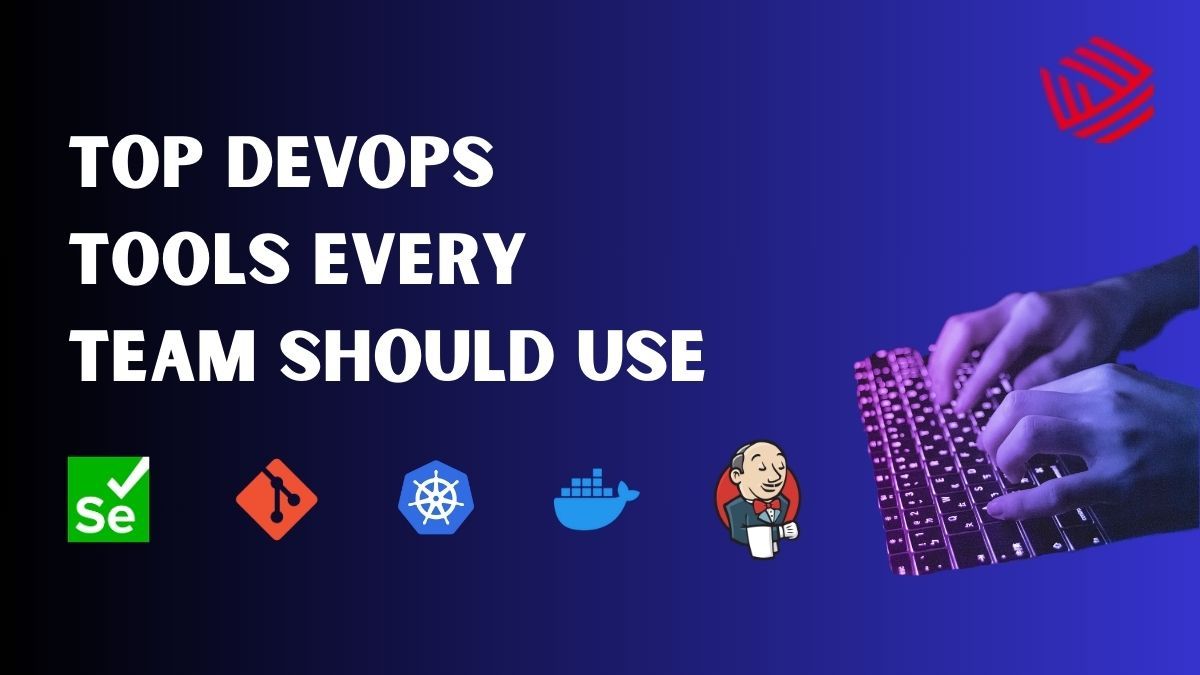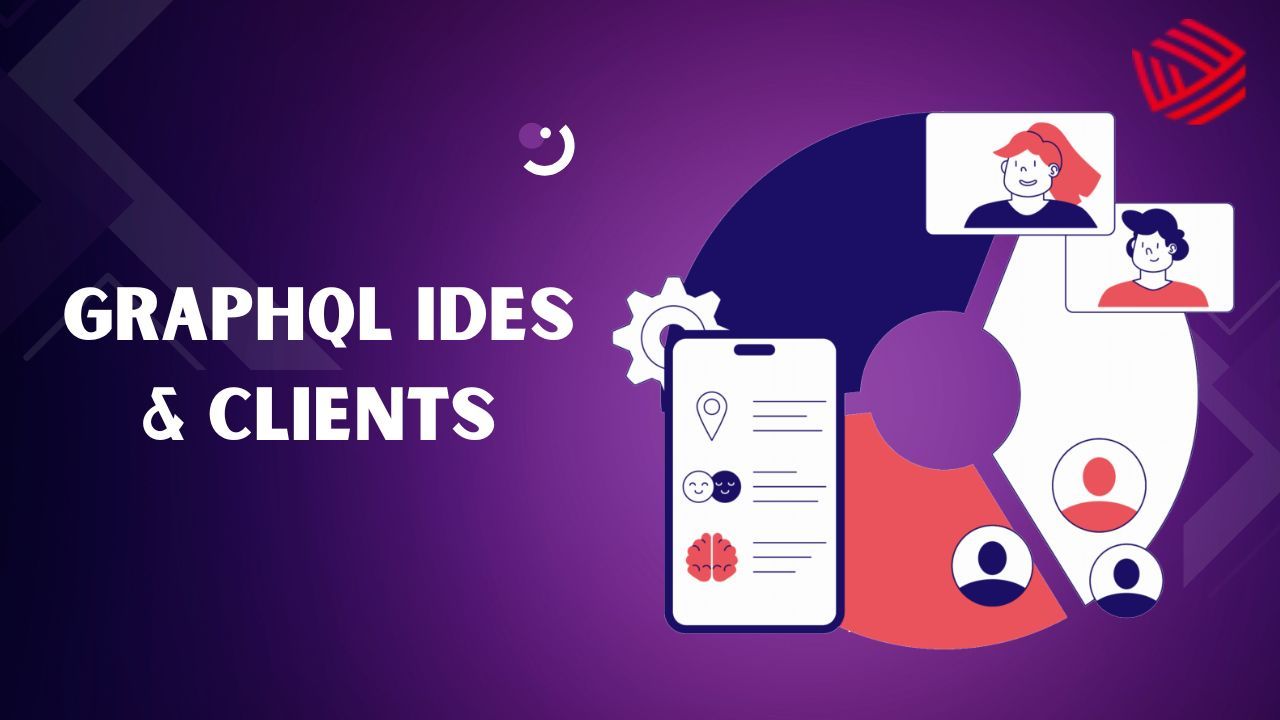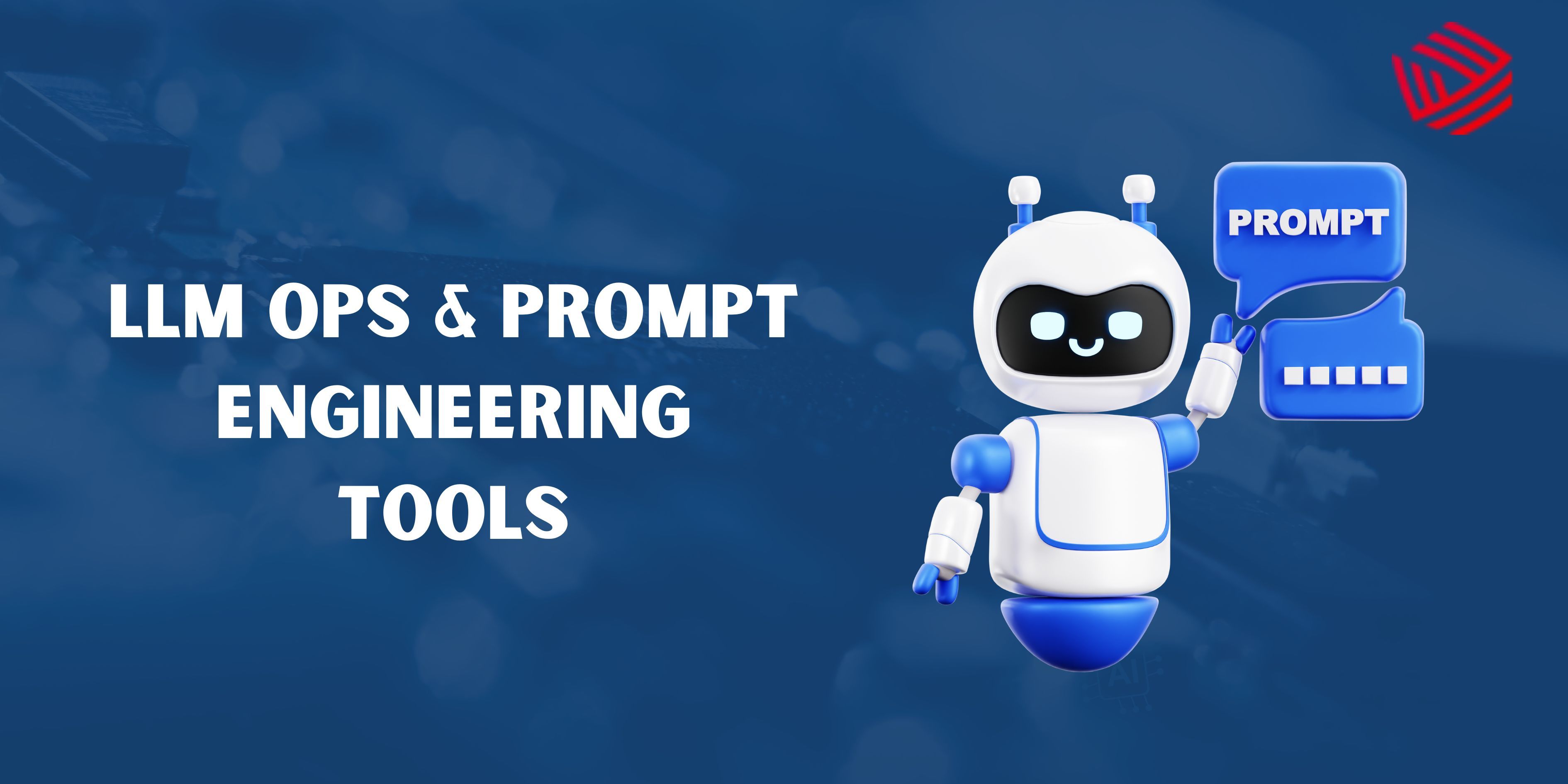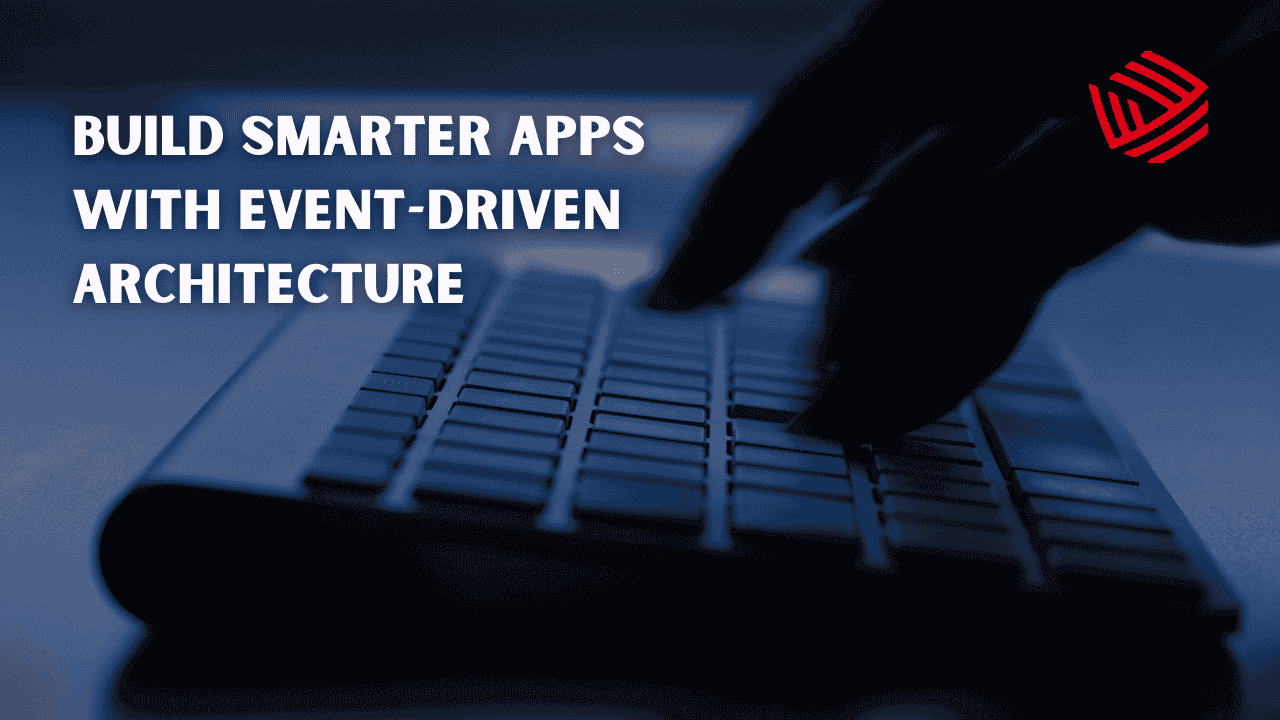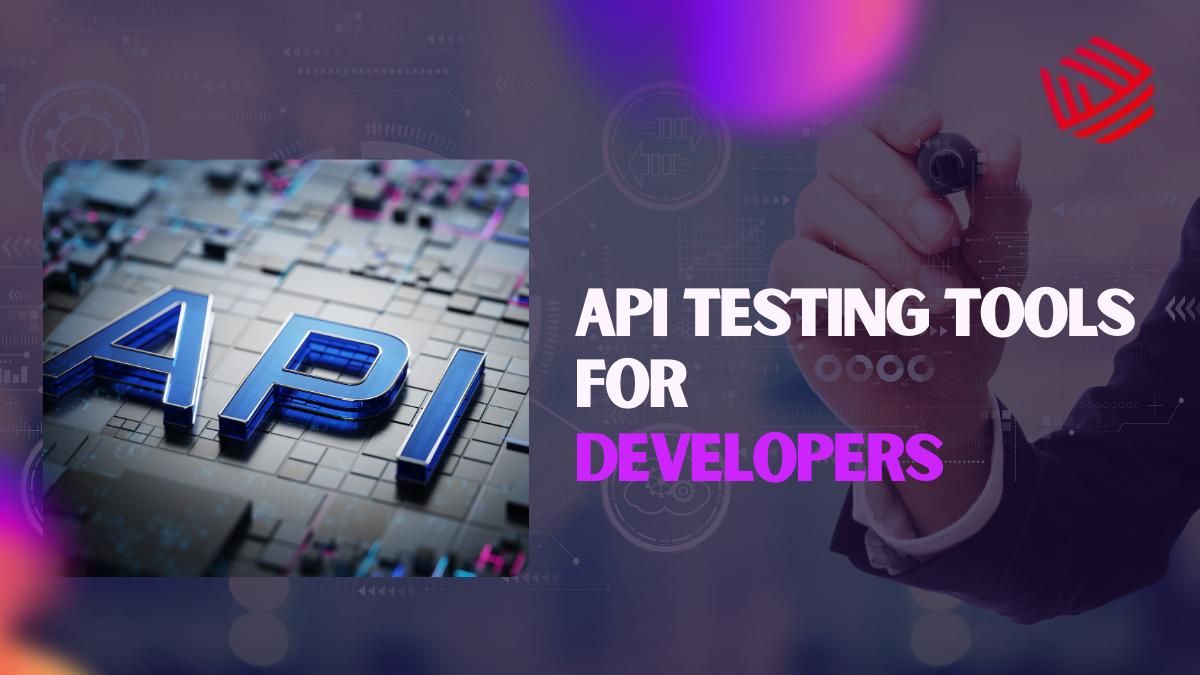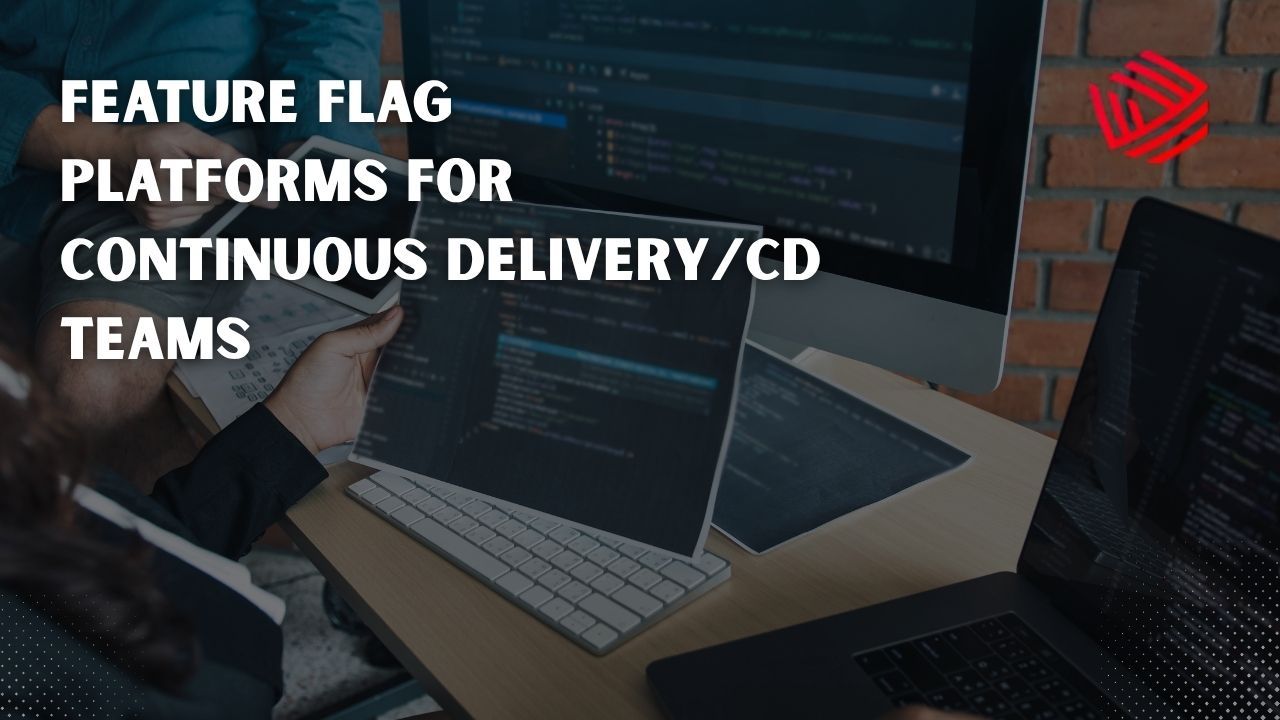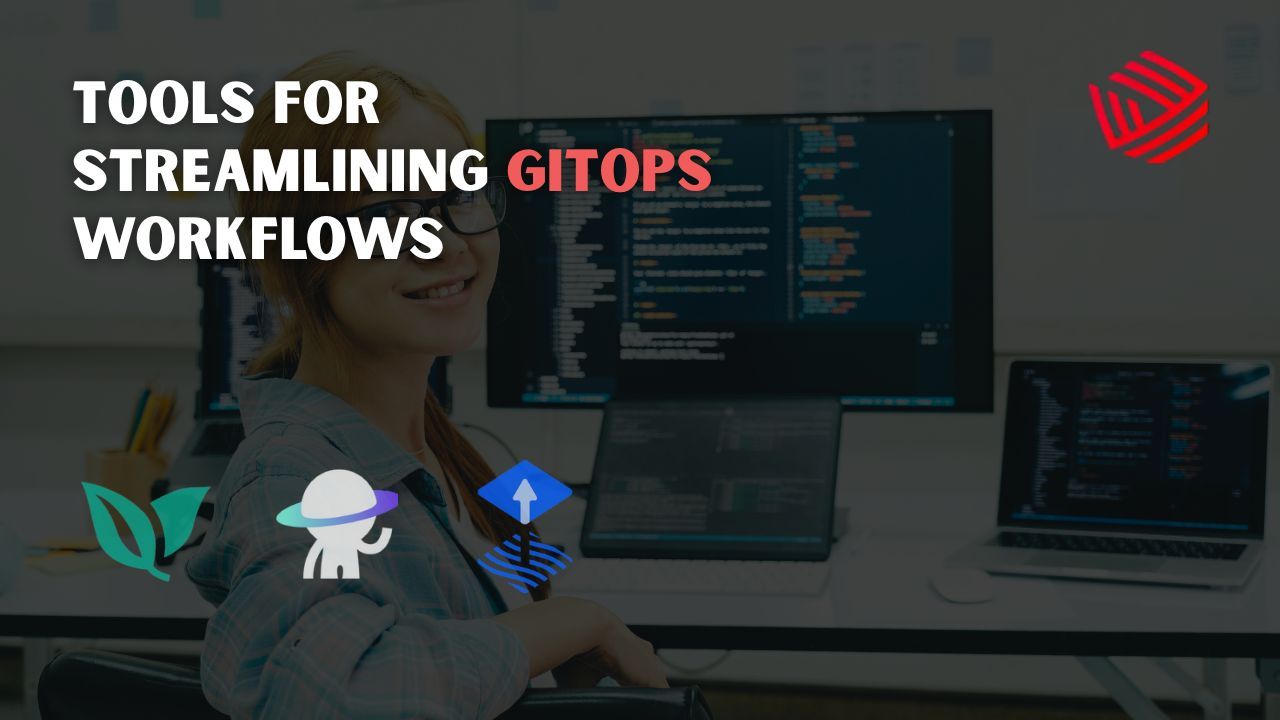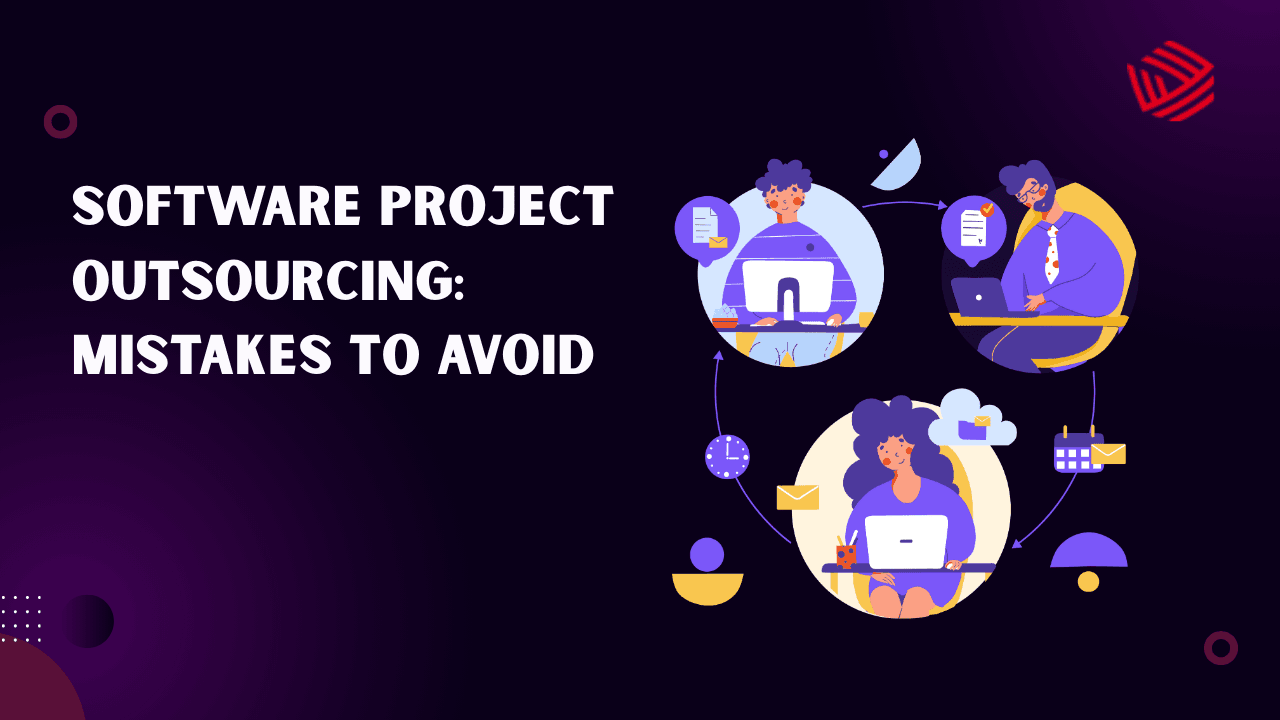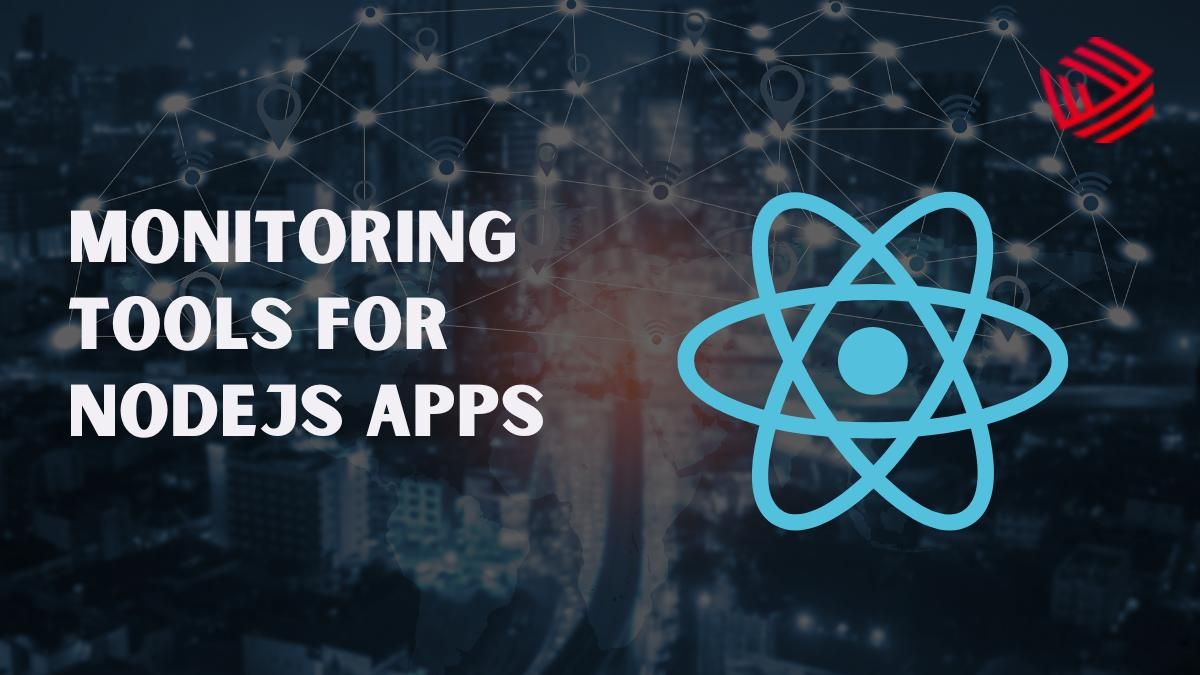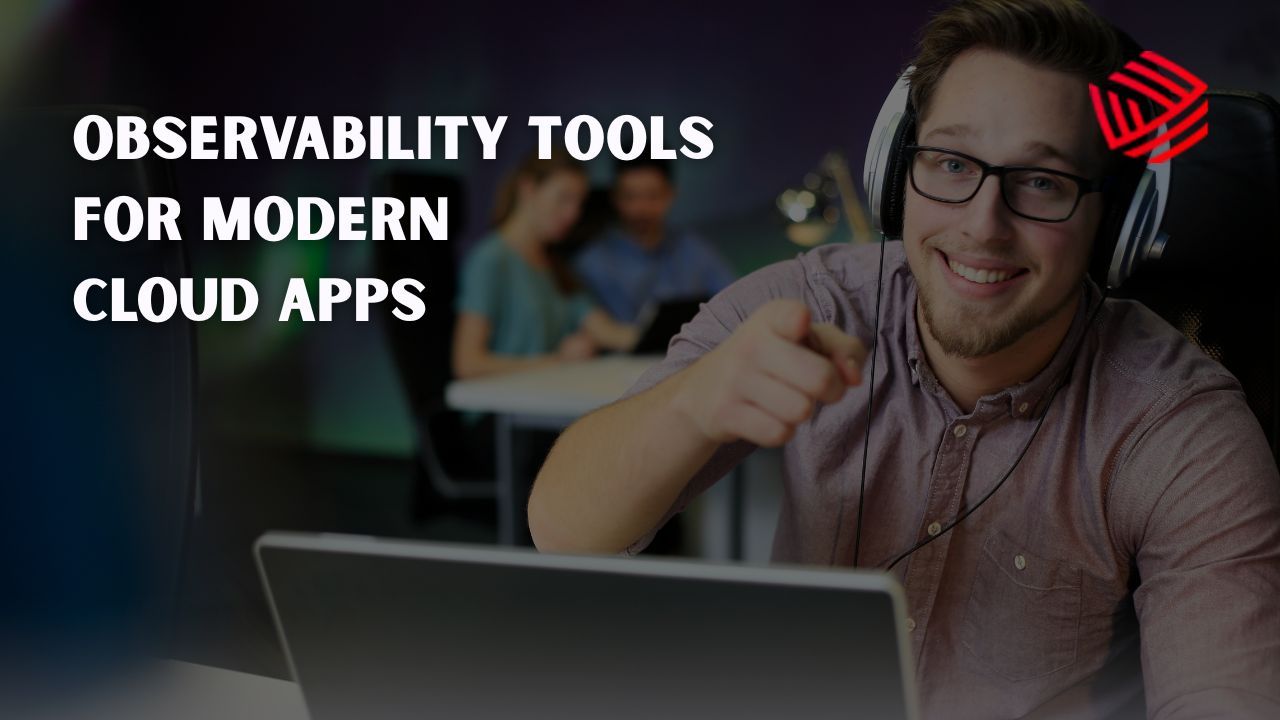In today’s competitive digital ecosystem, businesses demand web applications that are not only fast and user-friendly but also capable of handling massive growth. Scalability has become the cornerstone of modern application development. Whether you’re building an enterprise-grade SaaS platform, a high-traffic eCommerce store, or a real-time collaboration tool, the choice of web framework can determine how well your application adapts as traffic and features expand.
We will explore the best web frameworks for building scalable applications, their unique strengths, and practical insights to help you choose the right one for your project.
Why Scalability Matters in Web Development
Scalability is the ability of an application to handle increased demand gracefully—without performance degradation or excessive cost. As businesses grow, user requests, data volume, and feature complexity all rise. A scalable application ensures smooth performance under these conditions, which directly impacts user experience, customer retention, and long-term profitability.
Beyond just coding speed or developer comfort, the framework should:
- Handle growing databases and concurrent requests
- Support modular architecture and microservices
- Integrate easily with modern DevOps and cloud infrastructure
- Allow performance tuning and flexibility for future use cases
Top Web Frameworks for Scalable Applications
1. Django (Python)
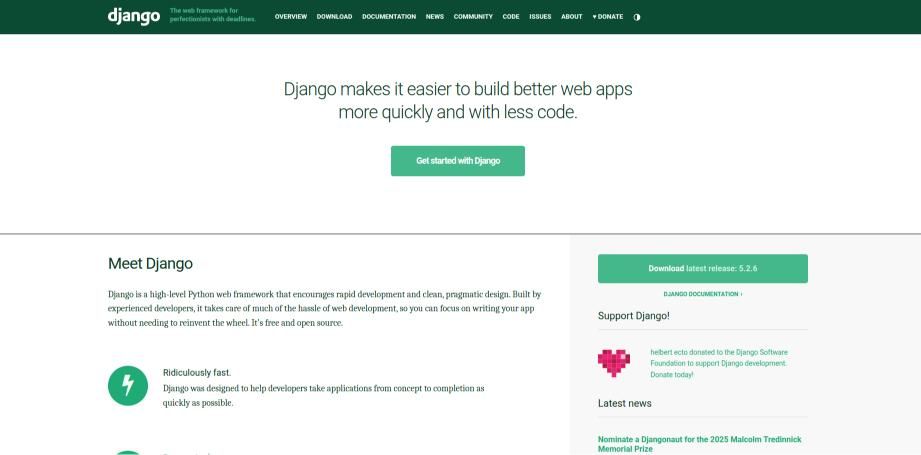
Django is a tool built with Python that helps you create websites quickly. It's called "batteries-included" because it comes with many built-in features, so you don't have to add them yourself. It offers pre-built components such as authentication, ORM, security features, and admin panels, which reduce development overhead.
Why it’s great for scalability:
- Built-in support for modular design and reusable components
- Strong security features for enterprise-grade applications
- Excellent ORM for handling complex database queries
- Works seamlessly with cloud platforms like AWS, Azure, and GCP
Django’s architecture makes it well-suited for applications expected to scale in both users and features—think marketplaces, fintech platforms, or large content-driven websites.
2. NodeJS with Express
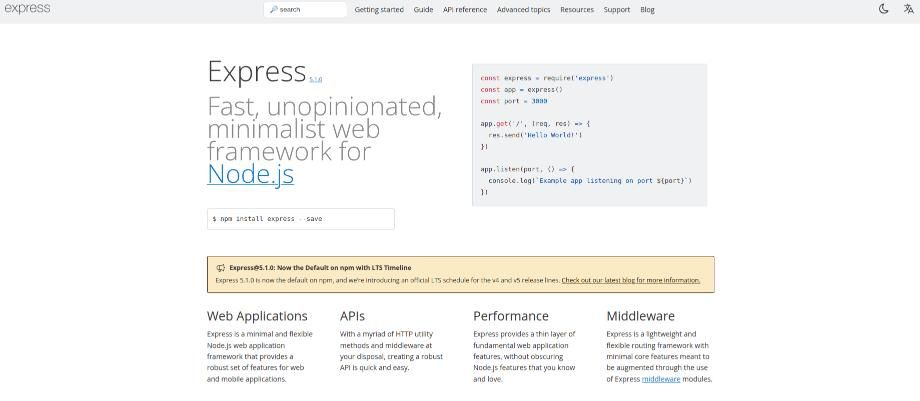
NodeJS isn’t a framework but a runtime that enables JavaScript on the server side. ExpressJS, built on top of NodeJS, is the most popular framework in this ecosystem.
Why it’s great for scalability:
- Event-driven, non-blocking I/O enables handling of thousands of concurrent requests
- Lightweight, minimalistic, and flexible design
- Compatible with microservices and serverless architectures
- Huge ecosystem via npm for extending functionality
Applications like chat platforms, streaming services, and APIs benefit greatly from NodeJS because of its asynchronous nature. Combined with containerization and cloud deployments, it can scale horizontally with ease.
3. Spring Boot (Java)
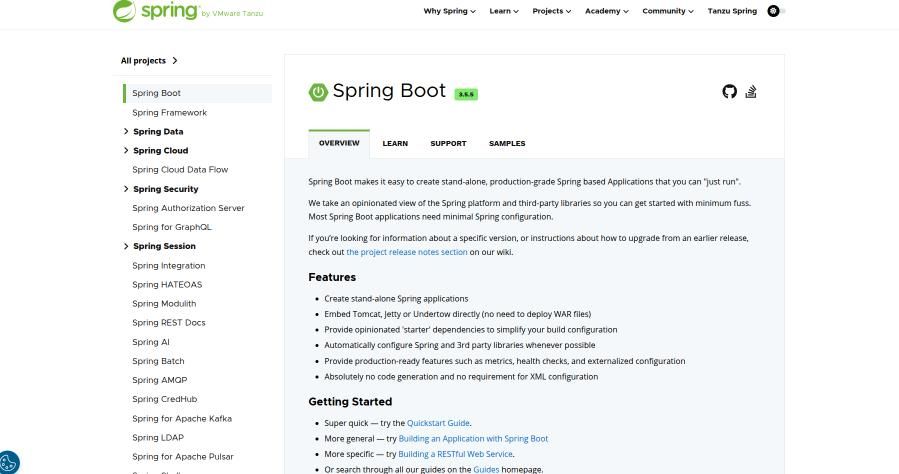
Spring Boot simplifies enterprise-level development with the robustness of Java. It comes with production-ready features such as embedded servers, health checks, and security configurations out of the box.
Why it’s great for scalability:
- Mature ecosystem for enterprise-grade applications
- Strong integration with cloud-native tools and microservices (Spring Cloud)
- Built-in support for distributed systems and APIs
- JVM’s stability and multi-threading capabilities enhance scalability
Large-scale enterprises rely on Spring Boot for mission-critical systems, particularly in fintech, banking, and telecommunications.
4. Ruby on Rails (Ruby)
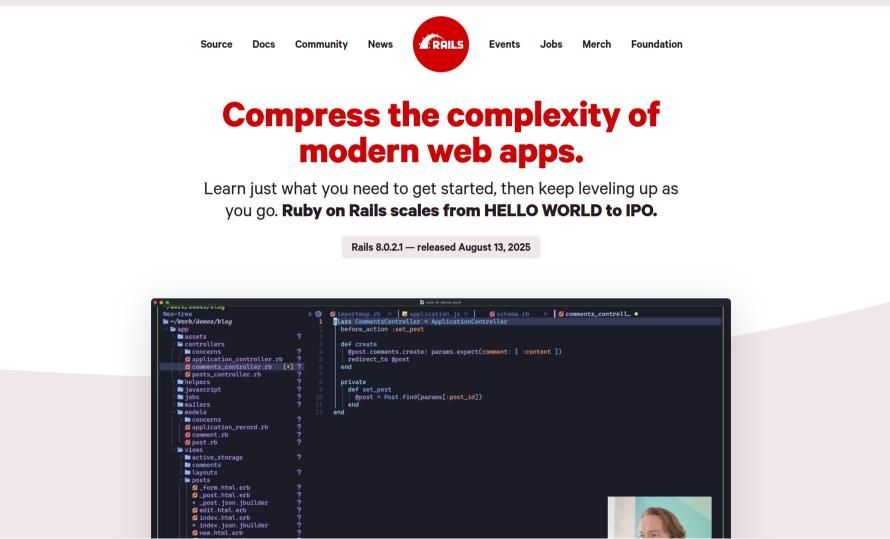
Ruby on Rails emphasizes convention over configuration and rapid development. It provides many built-in features that reduce boilerplate code.
Why it’s great for scalability:
- Mature ecosystem and vast collection of libraries (gems)
- MVC architecture ensures structured and maintainable code
- Active community support for scaling solutions
- Easy integration with cloud services
While Rails is often seen as a startup-friendly framework, with the right scaling practices—such as caching, background jobs, and database optimizations—it can power applications serving millions of users.
5. ASP.NET Core (C#)
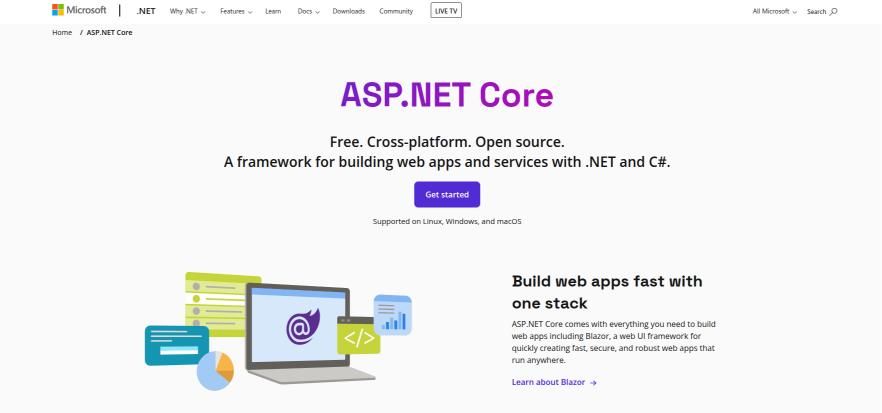
ASP.NET Core is Microsoft’s open-source, cross-platform framework for building modern web apps and APIs. It supports Windows, Linux, and macOS deployments, making it highly versatile.
Why it’s great for scalability:
- High performance, with benchmark results showing it as one of the fastest frameworks
- Rich support for microservices, containers, and serverless computing
- Integrated dependency injection and modular components
- Backed by Microsoft, ensuring long-term support and enterprise adoption
It’s a top choice for organizations invested in Microsoft’s ecosystem, particularly for large-scale enterprise systems, cloud-native applications, and secure APIs.
6. Laravel (PHP)
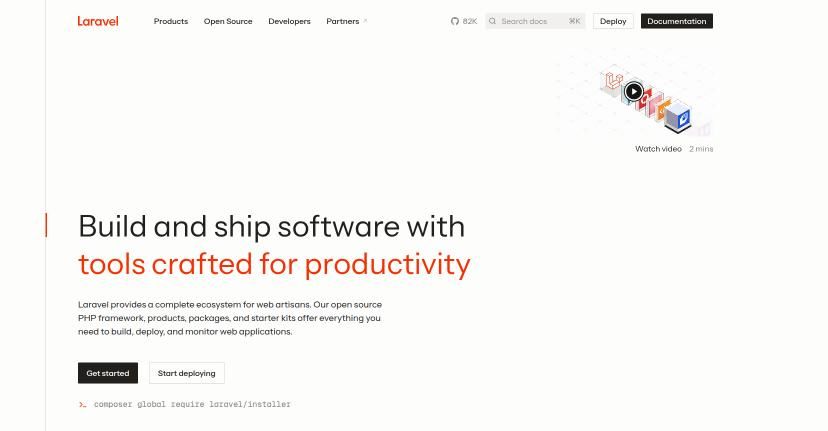
Laravel is the most popular PHP framework, known for its elegant syntax and developer-friendly ecosystem.
Why it’s great for scalability:
- Built-in tools for caching, queues, and task scheduling
- Supports horizontal scaling and load balancing
- Rich ecosystem with features like Laravel Vapor (serverless deployment on AWS)
- Active community and continuous updates
Laravel powers many content-heavy platforms, SaaS solutions, and eCommerce applications. Its integration with AWS and modern serverless environments makes it highly scalable.
7. Flask (Python)
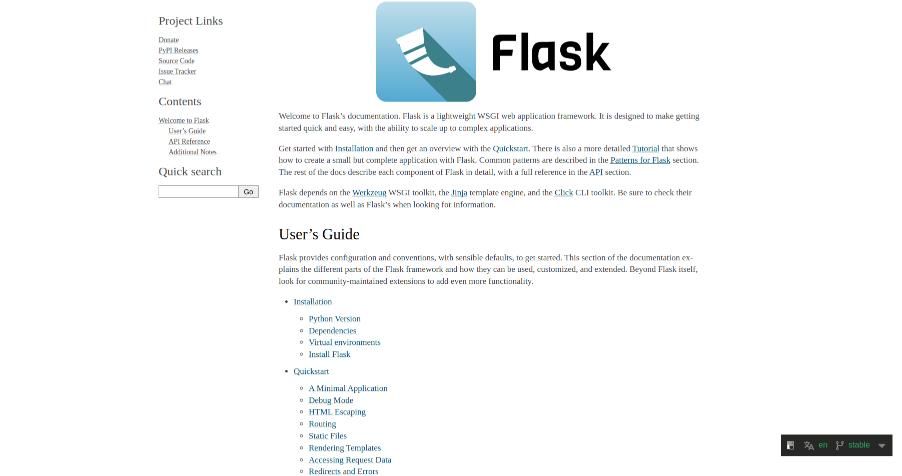
Flask is a micro-framework that offers minimalism and flexibility. Unlike Django, it doesn’t impose a rigid structure, allowing developers to choose their components.
Why it’s great for scalability:
- Lightweight, making it suitable for microservices architectures
- Highly flexible with third-party integrations
- Ideal for building APIs and services with focused functionality
- Scales well horizontally in distributed environments
Flask is especially powerful when combined with container orchestration tools like Kubernetes. It’s ideal for projects needing modular, independent services.
8. NextJS (React Framework)
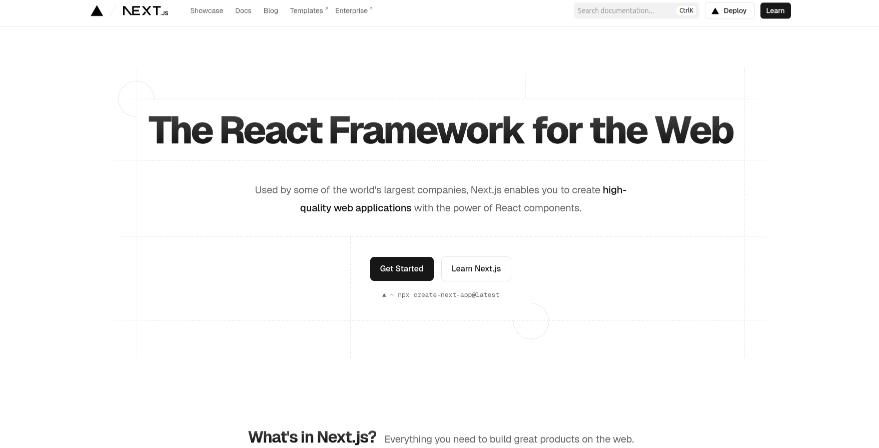
NextJS is a React-based framework that has gained popularity for building scalable frontends and full-stack applications with server-side rendering.
Why it’s great for scalability:
- Hybrid rendering (SSR, SSG, and ISR) for performance optimization
- Built-in API routes allow backend logic within the same codebase
- Scales well with CDN and edge deployments
- Excellent developer experience and community support
It’s widely used for high-performance, SEO-friendly applications such as eCommerce, SaaS dashboards, and content platforms.
Key Considerations When Choosing a Framework
When deciding on the right framework for scalability, you should consider:
- Application Type: Real-time apps may benefit from NodeJS, while content-heavy apps might suit Django or Laravel.
- Team Expertise: Choose a framework that aligns with your development team’s skills.
- Ecosystem & Community: Strong community support ensures long-term viability.
- Integration Needs: Consider how easily the framework integrates with third-party services, cloud platforms, and DevOps pipelines.
- Performance Benchmarks: Assess whether the framework can handle your expected user base and traffic.
Best Practices for Building Scalable Applications
Scalability is not just about technology — it’s about architecture and best practices:
- Use Microservices or Modular Architecture: Break applications into smaller, independent services for flexibility.
- Leverage Caching: Implement caching at multiple levels (database, application, CDN).
- Adopt Containerization: Use Docker and Kubernetes for consistent deployments and scaling.
- Database Optimization: Design databases with indexing, sharding, and replication in mind.
- Asynchronous Processing: Use message queues and background jobs to handle heavy tasks efficiently.
- Cloud-Native Approach: Embrace cloud scalability with auto-scaling groups, load balancers, and managed services.
Conclusion
The best web framework for building scalable applications depends on your project requirements, team expertise, and long-term vision. Frameworks like Django, NodeJS, and Spring Boot provide enterprise-grade scalability, while frameworks like NextJS and Flask offer flexibility for modern, modular applications. Ultimately, scalability is a mix of choosing the right framework, designing a resilient architecture, and adopting DevOps practices that allow your application to grow without friction. By investing in the right tools and practices early, you’ll ensure your web application not only meets current demands but also adapts seamlessly to future growth.
Scalability is not just a technical requirement but a growth enabler for any digital business. By aligning your framework choice with future needs, you can build solutions that remain reliable under pressure. The right decisions made today lay the foundation for long-term success tomorrow.



